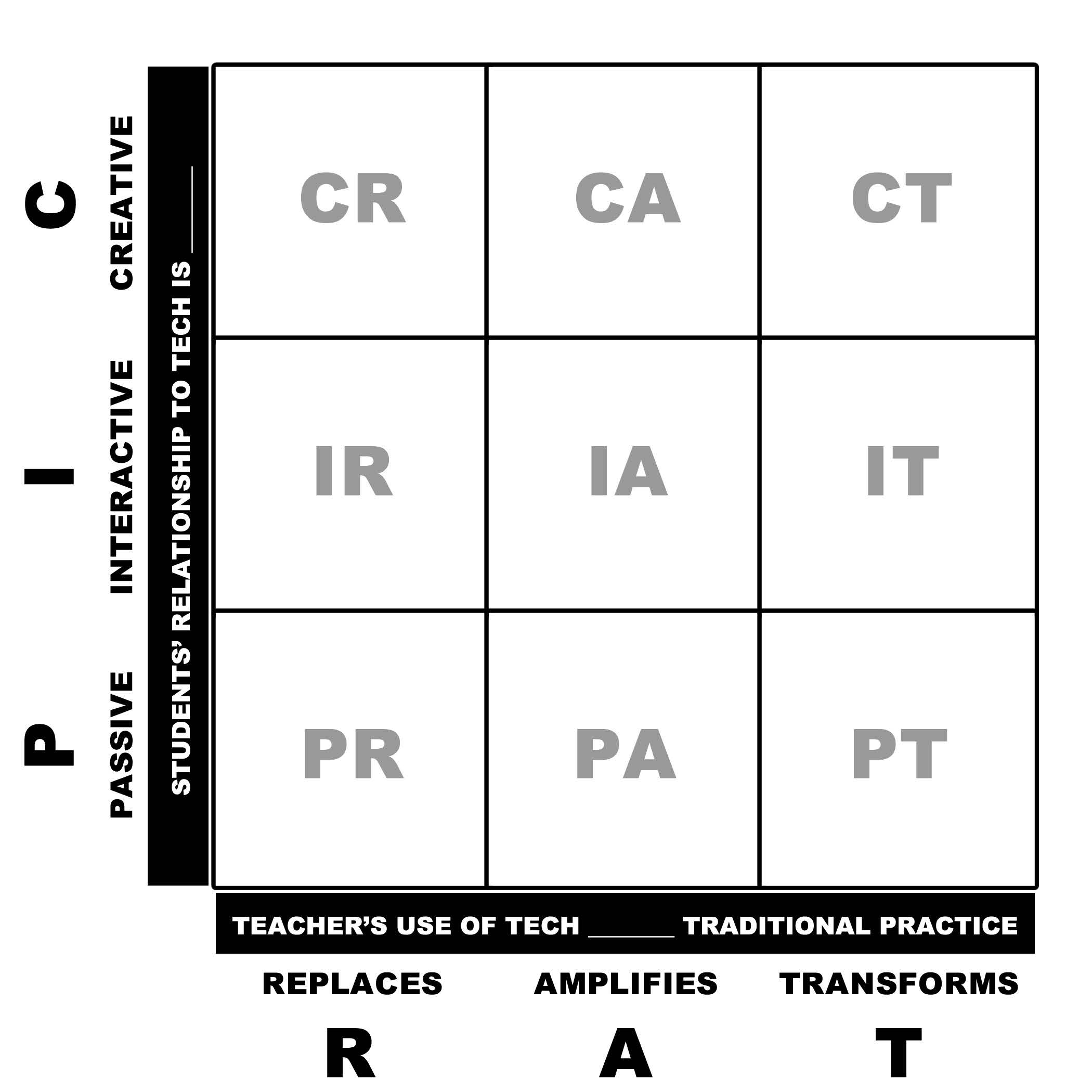Maudi Mckell Sundrud and Jennifer Wimmer, Teacher Education
Teacher’s Use of Technology in a Preschool/Kindergarten Setting Mentor: Jennifer Wimmer, Teacher Education As a response to the increase of technology in society, the education system has pushed for greater technology integration in schools. Schools across the nation have invested in technology intended to help students learn more effectively the skills and strategies they may need to be competitive members of this technological society. From this, the question emerges: while funds are being allocated for technology, how often and when do teachers use the technology in their classroom?
To explore this question, I observed three head teachers at the Child and Family Studies Lab School in the Joseph Fielding Smith Building at BYU. This small scale preschool and kindergarten has been the recipient of several technology grants, and thus home to many different interesting technologies to promote the education of their students. Each classroom has their own SMARTboard connected to a computer, a document camera, five or six iPads, cameras, as well as access to a SMART table, various precoding robots (e.g. Ozobots, Beebots, DASH robots, Spheros) and five Chromebooks that are shared between the three classrooms. Each half-day class has a head teacher, student teacher, three aides, and twenty students. The director of the school is a strong proponent for technology inclusion, and encourages her head teachers to use them as often as possible. Given the environment, I was curious to see how the teachers included the technology in their instruction.
Part of what fueled my analysis of my observations was Royce Kimmon’s PICRAT matrix of technology integration (see Figure 1). This matrix is a tool to examine to what degree students are using technology and to what effect. Technology can be used to replace, amplify, or transform traditional education practices, with student interaction ranging from passive, interactive, to creative use of the technology. Because I was focusing my research on how the teachers use technology, rather than the students, I am analyzing how the technology the teachers use at the Lab School is replacing, amplifying, or transforming their practice.
Over the course of the semester, I gathered notes based on 15 observations across the three classrooms encompassing approximately 20 hours of instruction time, documenting when the teachers and student teachers used technology in different situations throughout the school day. I also had a few informal interviews with the head teachers about how and when they use technology. When analyzing the data, I worked to label each new interaction with a technology separately. A new interaction was determined to be a change in the use of the technology, or a gap between use. If a teacher was using the SMARTboard during instruction, went to help a student individually and came back to the SMARTboard to continue the same lesson, I would consider that one instance of technology use, because the content and lesson are continuous. If a teacher was using the iPad to help a student, then used it to then take a picture of what the student was working on, that would be two instances, because of the change in the use of the technology. Given that definition, I documented across the three classrooms seven interactions with the computer, 11 interactions with the SMARTboard, two interactions with a document camera, and two interactions with an iPad. Of the 15 observations, 11 had technology used during the time period observed.
In almost all observations in which technology was used, the teachers used the SMARTboard in some way. They used it to show videos,
to project their activity, or attached it to a document camera to give the students a better view. The teachers also used the computer attached to the SMARTboard to pull up something on the SMARTboard or prepare their lesson while the students were otherwise engaged. Very rarely was any technology used for a sustained period of time, even considering the short lessons typical of preschool and kindergarten classes. I only observed one instance where the SMARTboard was used for the entire lesson. The average time spent on the board was approximately 3 minutes. The teachers also used iPads to take pictures of the students and their work throughout the day, as well as used an assessment tool app that compiles all the scores and projects the students worked on and organizes them for parents to see. I learned that they are trying to transition from a paper portfolio for each students to a digital one.
Based on these observations, I have found that the teachers mainly used their technology to replace or amplify past methods of instruction. Much of the SMARTboard use could be accomplished with less complicated technology- a classic projector, a television, a CD player, but the SMARTboard was able to combine these to one place. They use technology to make things more convenient for themselves and their class. Technology streamlines their instruction so they can spend more time focusing on teaching the students rather than working out the finer aspects of a piece of technology. From my conversations with the teachers, the most difficult part of technology integration is learning how the technology works and feeling comfortable enough to use it throughout the day. The time that they feel needs to be invested to fully understand the functions of each gadget is greater than their perceived need for it.
My takeaway from this is that to be able to effectively use the technology to its greatest potential, teachers need to be educated on the properties and functions of the technology. By being able to see how the technology can be used in the classroom will help teachers be more ready to integrate the technology they have available to them to the benefit of the them and their students.
Figure 1. A model of technology integration and the degrees of which teachers and students can use technology in educational settings. http://roycekimmons.com/tools/picrat

